
Now that the migrant rush is on again, we’re playing policy catch-up, hoping for the best and trying not to make things worse.
The truth is Martin Parkinson’s prescriptions could have, and should have, come pre-Covid, when high migration intakes drove world-leading population growth and masked the manifest flaws in our economic motor.
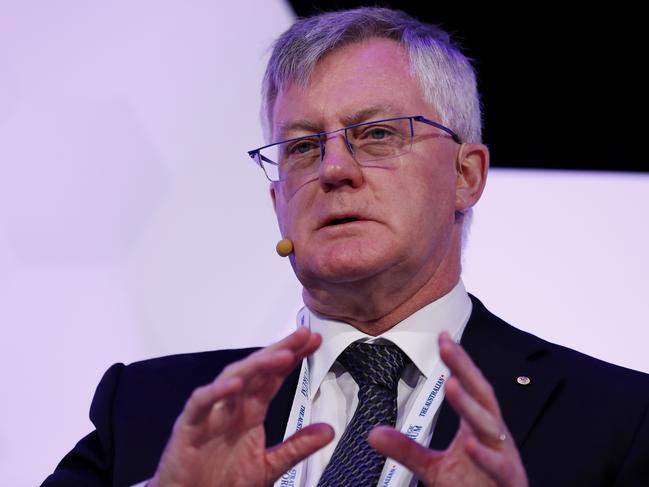
Clare O’Neil sounds like she means business, which is welcome, because the repair job is going to need someone with grit, ambition and longevity in the control tower.
The main takeaway from the review, as the Home Affairs Minister so often says, is that we have got our migration settings exactly back to front.
Post-war Australia was built on permanency, the genius of mutual obligation giving a burgeoning nation a shared mission of building new lives, security, diversity, economic transformation and cultural cohesion.
In recent years, financial short-termism has warped the compact.
Migration has become a quick fix for skills shortages, university expansion and paying regional dues.
Demand-driven temporary migration is again the tail wagging the dog and as the review team concludes, is “the greatest reform challenge”.
According to new figures published on Thursday by Home Affairs, at the end of March there were almost 2.4 million temporary visa holders in Australia.
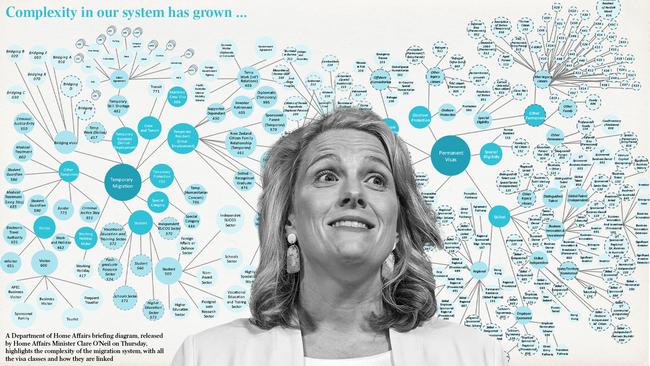
Subtract tourists, aircrews and people in transit and you have 2.1 million foreigners here with work rights, including students, backpackers, skilled workers and those on bridging visas. One-third are Kiwis on special category visas.
One-quarter of a million more temporary visa holders came here than left in the first three months of the year, mainly students, working holidaymakers and graduates.
We know they satisfy the conditions to get a visa but we don’t know much about what they do when they’re here. That’s a failure and we must find out.
This migration surge has blindsided the bureaucracy and their political masters, as they scramble to adjust official estimates for taxing, services spending, housing needs and so on.
Naturally, the migrant rush eases skills shortages in areas like hospitality; it also means demand is stronger for longer, one of the reasons the Reserve Bank considered a possible 11th straight interest rate hike earlier this month but then decided to watch and wait.
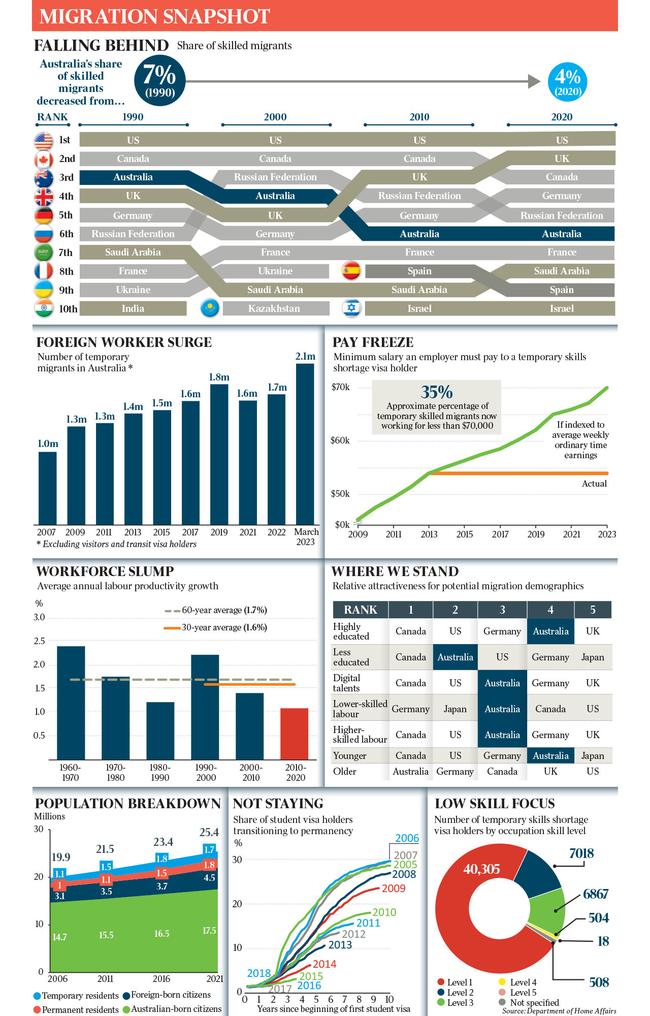
RBA governor Philip Lowe was also surprised by the population pick-up, telling the National Press Club this month that during the pandemic, many questioned whether non-residents would want to come to Australia again after “we’d closed our borders and made ourselves unfriendly”.
“Well, it turns out that’s wrong,” he said.
“People love coming here. They want to come here and work and to study and enjoy the fantastic standard of living we’re all lucky enough to enjoy.
“So people are coming here again and they’re coming in large numbers, they’re providing workers for firms, and we have to find somewhere for them to live.”
The Albanese government’s key housing adviser has suddenly revised up its forecast for housing demand, given a record two-year net inflow of 650,000 migrants is now expected, estimating the under-supply of new homes at 175,000 over five years.
Getting caught on the hop means higher rents, congestion and service snarls; community assent for a big migrant intake begins to fray, as the review makes clear.
To rebirth a line from another field of dreams, we didn’t build it – and still they come.
During the Covid-19 hiatus, we had a rare moment to rethink our flawed approaches. To its shame, the Coalition squibbed it, joining its inept Labor predecessors in this political dereliction of duty.
The report also lays out the measly economic dividends from recent migration: we’re not getting the most from those who study here, while many with overseas qualifications wither on the vine of frustration or in dead-end jobs.
Parkinson details ways to improve recruitment for temporary workers, and how to convert this into a sustainable permanency.
Clearly, there is competition for the talent and we are a destination with perhaps the world’s best record in settling migrants.
We also have to learn to ration this imported source of dynamism, to ensure we maintain control and that we know, and broadly agree about, what we want from the experience.
The review says the objective should be to “recognise the centrality of migration to Australia’s economic success, geopolitical position and social fabric”.
A proposed set of guardrails will try to ensure local workers aren’t disadvantaged, protect foreign workers from exploitation, and deliver for employers.
Yet redesigning the migration program will be “a highly complex and ambitious endeavour”.
Doing nothing for so long about faulty machinery, which has soft and hard elements that must work in tandem, is an outrage; it’s a miracle the outcomes have not been worse for all of us.
Now that the surge is upon us, yet again, the migration review provides clarity, conclusive evidence, and a range of solutions that need more tweaking. And fast.
As always, political leadership is required to fashion difficult trade-offs, carry the community, and rebuild what can again be a brilliant engine of opportunity.


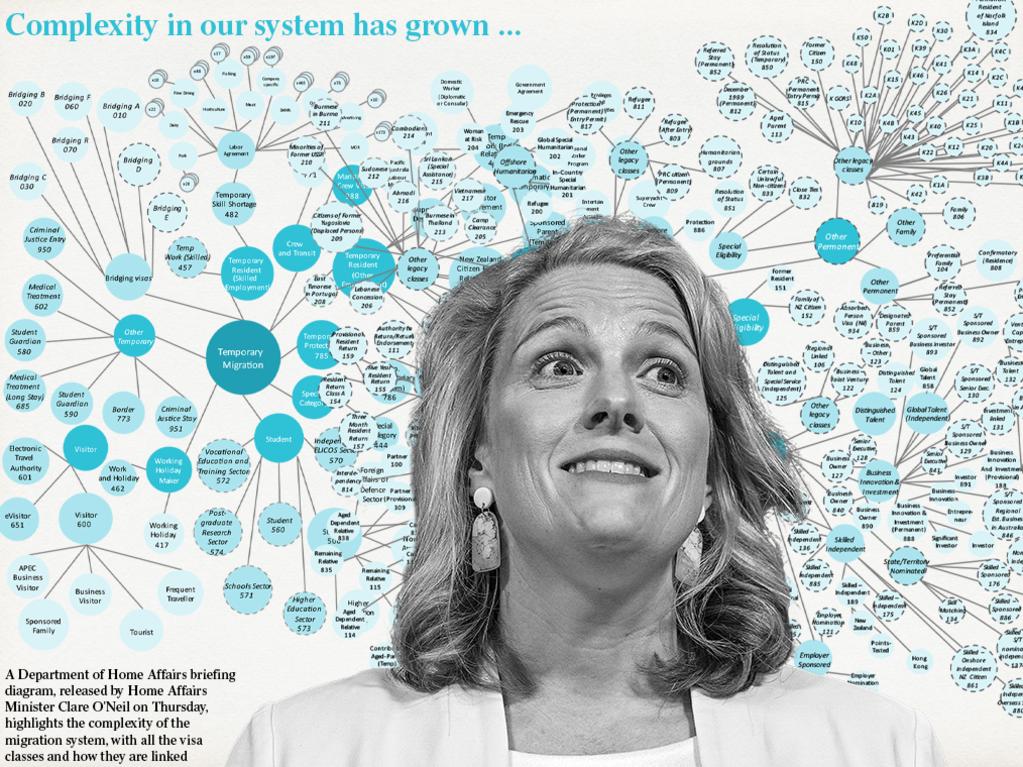
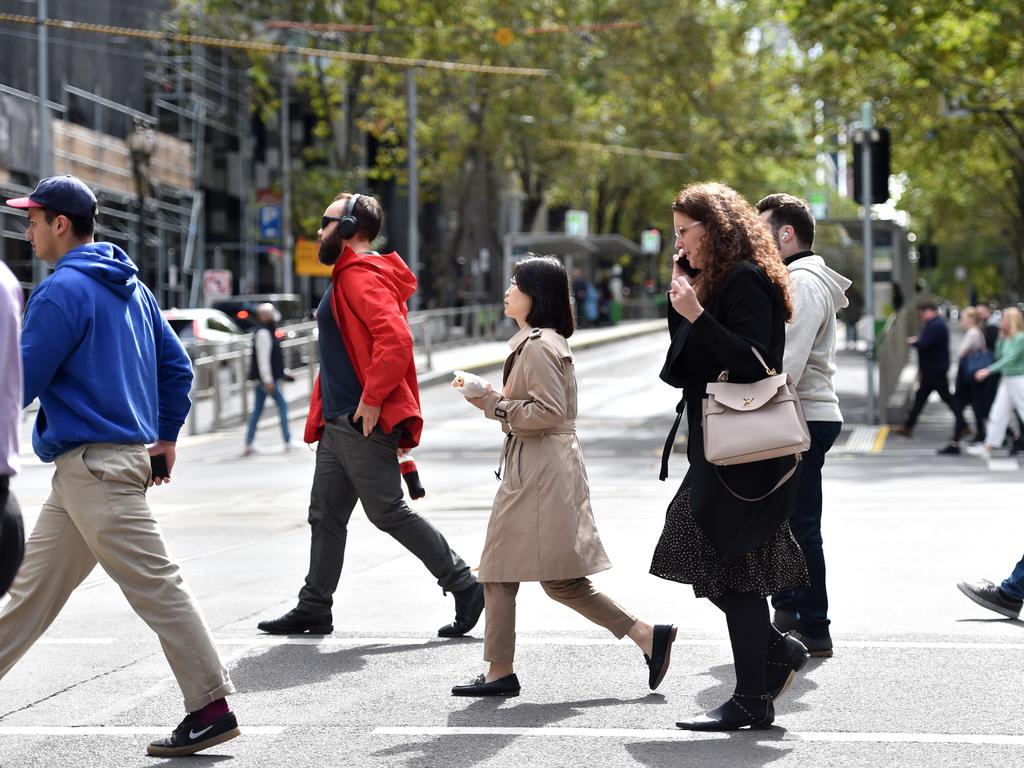
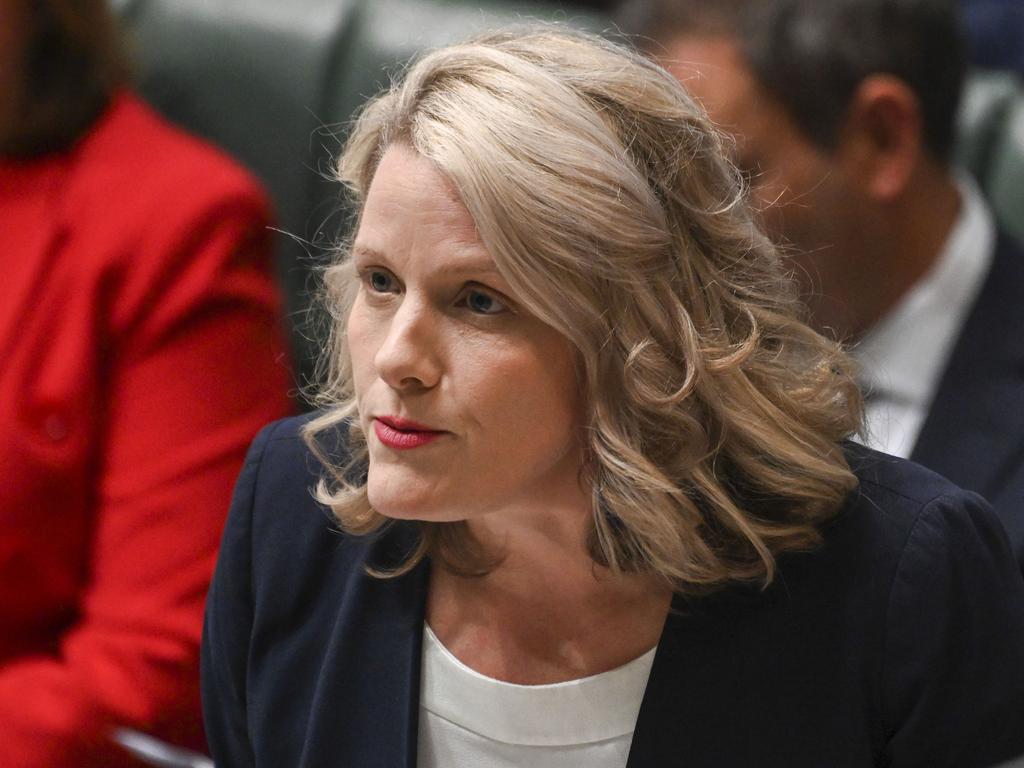



Rather than using the pandemic’s population pause to fix Australia’s broken and free-form migration ecosystem, our leaders had other things on their minds.